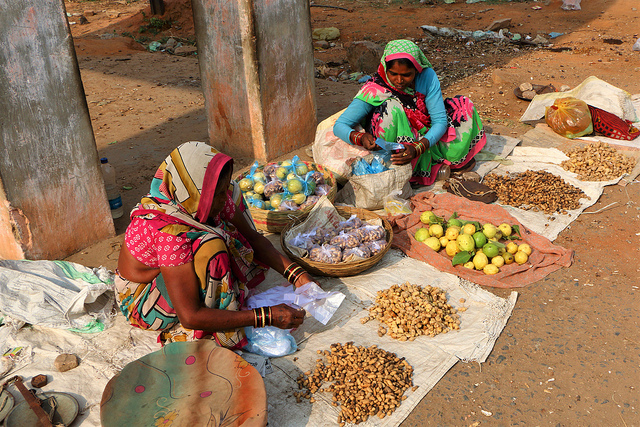10 Facts About Poverty in India

A young nation with a long history, India has the second-largest population in the world. India is also a regional power with a stable democratic government and an economy that is growing quickly. Despite this, poverty in India is high. This is often portrayed throughout history as “growing pains”. To mitigate these pains, the government is working to diminish poverty in India.
Top 10 Facts about Poverty in India
- In 1947, India gained independence from Great Britain. Its poverty rate at the time of British departure was at 70 percent.
- India is the country with the highest population living below the poverty line. Today, the poverty rate in India is 21.1 percent, which is an improvement from 31.1 percent in 2009. India’s estimated population in 2016 was 1.3 billion.
- Underdeveloped infrastructure and the medical sector hinders equal access to medical care. People living in developed urban areas have a higher chance of receiving medical attention and are at lower risk of becoming ill compared to people living in rural areas. Less than 20 percent of the rural population of India have access the clean water. Unsanitary water conditions increase the spread of both viral and bacterial infections.
- According to the Asian Development Bank (ADB), a strong supporter of development in Asia, India’s economy grew by 7.1 percent in 2016. The Asian Development Bank began assisting the Indian government with infrastructure and economic development in 1986.
- The following four facts highlight the 2016 successes from the joint projects undertaken by the ADB and India beginning in 2010. With the help of the Asian Development Bank, 344 million homes have either gained access or improved access to clean water thank to increased investment in irrigation, water treatment, and sanitation. In addition, 744,000 homes are no longer at risk due to flooding.
- To boost economic growth, India and the ADB have constructed or improved 26,909km of roads throughout the country, of which 20,064km are in rural areas, increasing the rural populations’ access to the economy and healthcare.
- Thanks to funding from the ADP, the Indian government has been able to build 606,174 units of affordable housing since 2010.
- To connect these new houses and improve older structures, 24,183km of power lines were hung or laid, while decreasing India’s carbon footprint by 992,573 tons of CO2.
- Independent of the ADB, the Indian government is considering testing a universal basic income program. Each person would receive 7620 Indian Rupees ($113) from the government to spend however they choose. A similar program is being tested by Finland. The aim is to fight poverty in India by relieving pressure on the poor. The cash handout would help to alleviate the pressure of any unforeseen expense. However, opponents fear that their banking systems would not be able to handle the sudden increase in cash flow and that food prices may drastically increase.
- To combat black-market corruption and increase tax compliance, the Indian government decided in 2016 to phase out the 500 Rupee and 1000 Rupee notes. All notes were to be deposited within the deadline, and remaining notes would not be considered legal tender.
Poverty in India is slowly but surely being diminished. Careful planning by the government will continue to benefit those stricken by poverty. Proof of this can be seen in the success of the government’s use of invested funds from the ADB. With a growing economy and responsible government, poverty in India will surely continue to decrease.
– Nick DeMarco
Photo: Flickr
